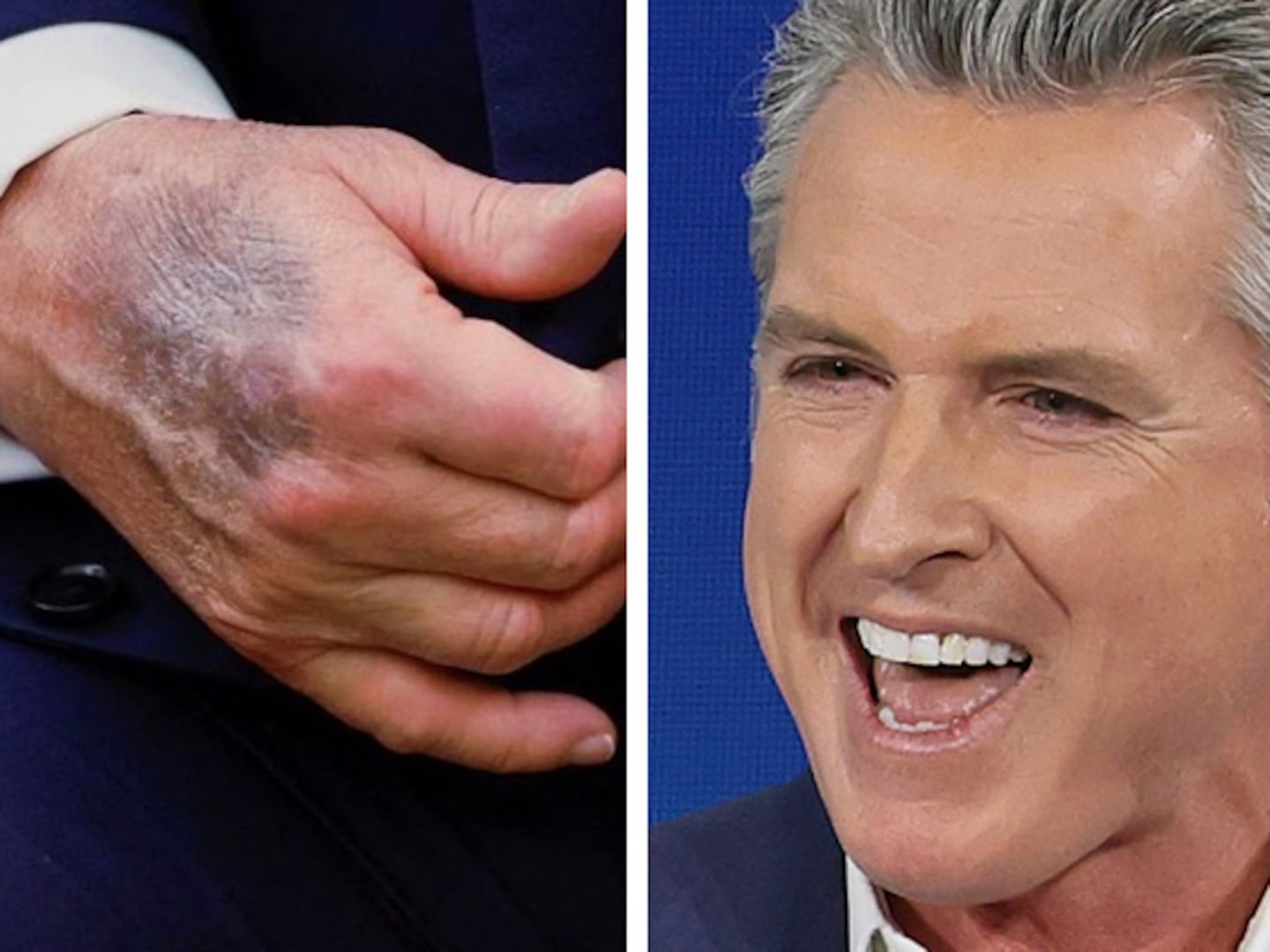A few days ago, I learned that part of my medical education has been rendered essentially obsolete, and I couldn’t be happier about it.
In a joint statement issued on April 29, the Pan American Health Organization and its parent agency the World Health Organization reported that rubella (also known as German measles) had been eliminated from the Americas region entirely. The last case of rubella to originate in either North or South America was in 2009, and after five years it is no longer endemic within the entire Western Hemisphere; all cases of the disease in the region since then were imported from elsewhere in the world.
This wonderful news comes as the result of a concerted vaccination effort, lasting more than a decade and a half, by public health agencies in countries throughout the region, including Latin America and the Caribbean. Rubella now joins smallpox and polio on the list of infectious diseases immunizations are responsible for eliminating entirely within a world region, the former having been eradicated across the whole planet.
Aside from the always-welcome confirmation that vaccines are effective at protecting people from infectious disease, however, this may not seem like particularly big news. German measles is typically a very mild illness in patients who contract it, with symptoms usually limited to mild fever, a faint rash, some aches and pains and a handful of other manageable symptoms. On its face, it hardly seems like a disease worth fighting.
The most serious ramifications of rubella don’t strike the children or adults directly infected with it. Those most profoundly affected are infants born to mothers infected during pregnancy, which can cause a range of birth defects in many different organs. Babies born with congenital rubella can have cataracts, intellectual or developmental disabilities, heart defects, and deafness, along with many other problems.
The push to vaccinate against rubella in this country started after an epidemic in the mid-1960s left thousands of infants with some kind of permanent ill effect. It was to prevent the potentially catastrophic effects of congenital rubella that vaccination programs have been pursued, and it is from these effects that babies born from Alaska to Cape Horn are now protected.
As with so many vaccine-preventable illnesses, I have never encountered a clinical case of rubella. The vaccine was licensed for use in the United States in 1969, and the disease was already incredibly rare in this country by the time I entered medical school. There were only 33 cases of congenital rubella nationwide from 1998 to 2011, almost all of them in infants born to mothers from other countries.
Nevertheless, learning the signs of the syndrome has been part of my education and training since my first pediatrics rotation. It appeared in the study materials for my certifying board exam, and it was routinely mentioned among other infectious causes of birth defects whenever a newborn with medical complications was discussed in conferences or on rounds. I committed the characteristic skin findings to memory, and whenever I routinely check a new baby for cataracts the bits of textbook still lodged in my brain tell me not to forget rubella.
It is these diagnostic considerations that have nearly gone the way of the dodo. I’m sure I’ll still make note that new mothers were found to be immune to rubella in their prenatal lab tests, if for no other reason than force of habit. (Congenital cataracts can occur even without German measles, so I won’t stop checking in any case.) But the likelihood that I’ll encounter the illness either in an older child or in a newborn now seems incredibly fleeting.
Two things keep my knowledge of congenital rubella from being completely obsolete at this point, however. It hasn’t been eradicated worldwide, and it is still believed to affect tens of thousands of infants in Africa to this day. Cases may still be imported from abroad, as unlikely as I may be to come across them.
And of course, the same benighted movement that led to measles outbreaks in California this year looms as a threat to the protection so painstakingly won. The “R” in the MMR vaccine stands for rubella (along with measles and mumps), so the same communities that foster the potential for outbreaks of one disease can play host to another. The same kids whose parents leave them vulnerable to one disease are at risk of others, too.
The elimination of rubella from an entire hemisphere is a monumental achievement in public health, one that will keep thousands of infants from a lifetime of preventable challenges. Efforts to extend this protection worldwide deserve funding and logistical support. For my part, I am grateful to be able to let part of my medical education gather dust, and hope that I’m never forced to recall it because of the poor choices of a few.





